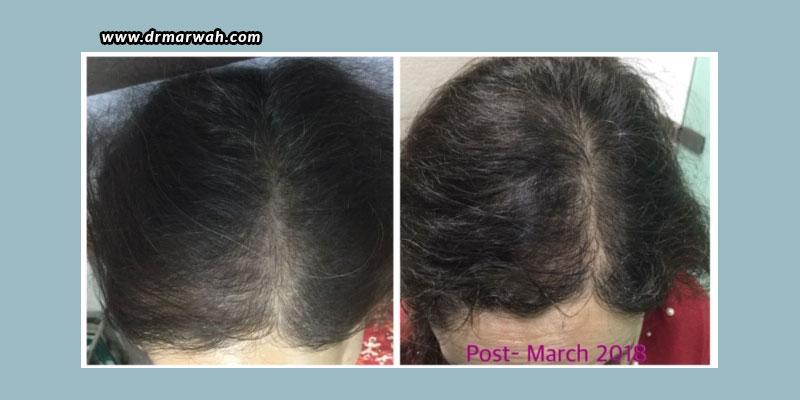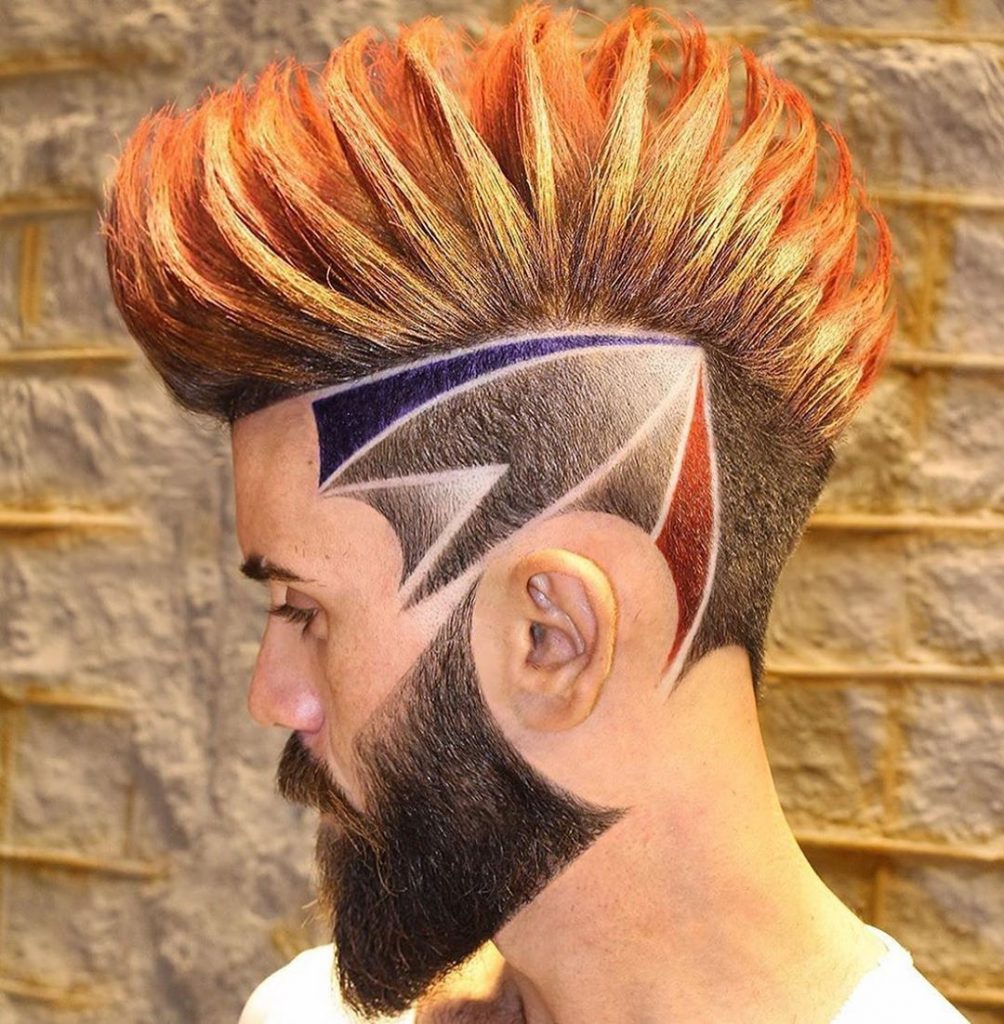Table Of Content
Learn about the latest hair growth research, new hair loss treatment solutions, and much more. When considering platelet rich plasma therapy, choose a surgeon with significant experience performing the procedure. Friends, family members or an internist or primary care doctor are often helpful in suggesting the best surgeon.
Stay on top of latest health news from Harvard Medical School.
After three months, they received four treatments and saw their hair count increase by about 30 percent. As a practitioner offering PRP treatments for over a decade, I have seen many successes and many failures. It is frustrating that no protocol standardization exists, and none is likely to exist in the future. The cost of properly studying all the variables is prohibitive, and we are thus left to arrive at our own best practices. In my practice, I have a cost-centric approach, meaning if I can effectively treat a patient’s hair loss for $10 per month, which is possible with minoxidil and finasteride, then I do so. For patients that do not respond to those treatments, I then offer PRP and other more expensive modalities, and that often takes place 6 to 12 months after our first visit.
How Many Treatments Are Required?
While some patients may notice significant growth and density improvements within a few months of treatment, others may experience more gradual results. In addition to stimulating growth, it improves scalp well-being by lowering inflammation and encouraging tissue repair. The PRP’s cytokines and growth factors accelerate the healing process, helping to heal damaged scalp tissues and improve overall scalp condition.
How Long Has PRP Been Used as a Hair Loss Treatment?
Many clinical trials have found that PRP can work for hair loss, making it a highly promising treatment option. Research also shows it can be an effective way to enhance other treatments, such as hair transplants and minoxidil. PRP is a substance drawn from your blood and injected into your scalp that can purportedly help heal bodily tissues, including follicles from which your hairs grow. PRP therapy is a treatment for hair loss that may help promote and maintain hair growth. That said, PRP therapy is expensive and may not be safe for everyone. I would suggest you consult your Dermatologist before you decide about getting a PRP done for your hair loss.
Treat wrinkles and dark spots with the latest advancements in beauty treatments. Our licensed staff are vetted and trained for your guaranteed satisfaction. A ph-balanced hair cleanser will maintain the optimal harmony and health of the scalp and hair.
As with most procedures, there is a careful process involved in using PRP for hair regrowth, beginning with a standard blood draw from the patient's arm. Growth factors, in a sense, play the role of messengers, signaling skin cells to function. In fact, they've been used in medicine to treat a range of health issues, including arthritis, signs of aging, etc. The good news for anyone with thinning hair, says Zeichner, is that growth factors can "help stimulate the activity of the hair follicles and promote new hair growth." The next step after preparation is carefully injecting platelet-rich plasma into specific areas of the scalp that are thinning or experiencing alopecia.
Frequency of PRP sessions
Thicker-looking hair can be seen with either an increase in the actual number of hairs present, by an increase in the hair-shaft diameter, or by a combination of both. Not all patients will benefit from growth factor treatments, so some patients experience no benefit. As mentioned above, any benefits noted will only be maintained if ongoing treatments are maintained. Anyone experiencing hair loss is essentially a good candidate for PRP treatments, but those with early hair loss tend to respond best, says Sadick.

Side effects
It deeply treats, which leads to long-term improvements in hair growth. Research reports that PRP can effectively treat stress or age-related hair loss. The latter is a disease that causes hair thinning in young, otherwise healthy individuals. Platelet-rich plasma (PRP) is the portion of plasma derived from whole blood, with higher platelet concentration compared to the baseline. Within the platelets are growth factors that have many applications and indications.
What It’s Really Like To Get PRP Treatments For Male Hair Loss
About 50 million men and 30 million women have lost at least some hair. It’s especially common after reaching age 50 or as a result of stress. Here's everything you need to know about the in-office treatment.

Platelet rich plasma (PRP) is a substance that’s thought to promote healing when injected. Researchers have produced PRP by isolating plasma from blood and concentrating it. Athletes have been known to use these injections to help heal injuries.
How Doctors Fix Ozempic Face, Hair Loss & Loose Skin - RealSelf.com
How Doctors Fix Ozempic Face, Hair Loss & Loose Skin.
Posted: Wed, 18 Oct 2023 07:00:00 GMT [source]
But 6 months after treatment, hair density started decreasing. The researchers, therefore, recommend PRP every 6 months for best results. The platelet-rich plasma is drawn up into a syringe and then injected into areas of the scalp that need increased hair growth. There are some types of hair loss that can be corrected by this treatment more effectively than others. Your own level of blood platelets can also impact the results. Patients with a higher level of blood platelets usually experience more successful results.
Ostad told me I was just about the perfect candidate for the PRP hair loss treatment procedure. The most common side effects are mild pain, temporary redness. A headache may occur afterward, but it will eventually go away. After going to PRP for a hair loss procedure, it’s vital to follow proper aftercare instructions. The aftercare regime will optimize your hair regrowth and ensure you get all the benefits from your injections.
And your own blood may not have rich enough concentrations of platelets to be fully effective for restoring your hair through PRP injection therapy. Here’s an example of a person who saw successful results from PRP injection treatments for hair loss. Let’s get into what exactly the research says about the success rate for PRP treatment for hair loss, whether PRP has any side effects, and what results you can expect. The authors concluded that the most important part of PRP is the number of platelets. According to a 2021 study, higher platelet concentrations in PRP have a more pronounced effect on hair density, hair follicle diameter, and terminal hair density.
If you are unsure, take the time to meet with other practitioners. Triamcinolone acetonide, a steroid medication used to treat skin conditions and certain types of alopecia (mainly alopecia areata), has been used in conjunction with PRP with promising results. (13) However, it’s important to remember these combination treatments are not yet approved as safe and more research is needed. It can also be injected into aging skin, or it can be applied to the skin at the time of microneedling. Aside from treating male pattern baldness, there isn’t a ton of research on PRP for hair growth, and it isn’t entirely conclusive.
While this treatment is a little uncomfortable, similar to any other injections, it’s a quick process and performed with a very small needle. Platelet-Rich Plasma (PRP) Hair Restoration is one of today's most advanced, natural hair restoration treatments available, with a proven track record for providing patient satisfaction and results. Platelet rich plasm (PRP) is produced by taking the your own blood and placing it in a centrifuge to concentrate the platelets. Concentrating the platelets also concentrates the growth factors.

No comments:
Post a Comment